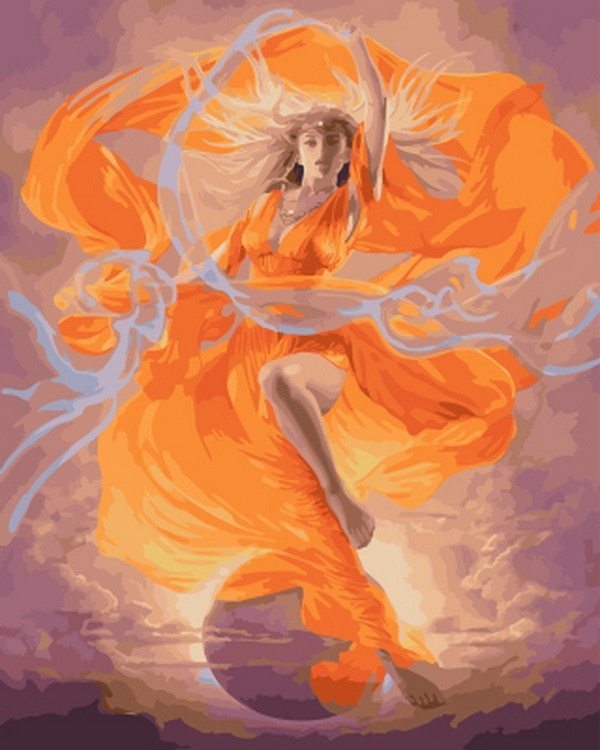
She is typically associated with the Sky. Each night, her mother Nyx obscured the ether (Aether) and. According to Hesiod, she was the daughter of Erebus (God of darkness) and Nyx (Goddess and personification of night). Parent(s): Erebus and Nyx Consort: Aether Hemera was a primordial deity that represented the day. This was the name given to the goddess who was the personification of the daytime. The name Hemera (/ˈhɛmərə/ Ancient Greek: Ἡμέρα, romanized: Hēméra) means "day" in Greek.Hemera, like most other Magic horses, cannot have its hairstyle changed.The Hemera was released as a pair with Antheia.The Hemera uses the G3 Haflinger model.Note: This horse is released for limited periods of time and is not always in the game. It is sold by Gary Goldtooth and comes in one variation. The horse will not change colors during races or while the player is unmounted. Hemera was the personifcation of day, and mate to Aither and mother of Gaia (Earth), Ouranos (Heaven), and Thalassa (Sea). When the player presses the "h" key or the magic horse icon on the horse's character sheet, the horse will change from its neutral colors to its natural (magic) colors and vice versa. What other power does hemera have Hemera was one of the primeval goddesses or 'Protogenoi' of Greek mythology that were the basic components of the universe which were emerged at creation.

The Hemera is a magical horse with the special ability to change colors. He makes this identification again at Amyklai and at Olympia, upon looking at statues and illustrations where Eos (Hemera) is present.Description Unique Features Color Changing Pausanias makes this identification with Eos upon looking at the tiling of the royal portico in Athens, where the myth of Eos and Kephalos is illustrated. Pausanias seems to confuse her with Eos when saying that she carried Cephalus away. "Nyx and Hemera draw near and greet one another as they pass the great threshold of bronze: and while the one is about to go down into the house, the other comes out at the door." After screening 24,000 M2 lines, one mutant was isolated and named hemera-1 (hmr-1, Hemera is the goddess of day in Greek mythology). Hyginus lists their children as Uranus, Gaia, and Thalassa(the primordial sea goddess), while Hesiod only lists Thalassa as their child.Īccording to Hesiod's Theogony, Hemera left Tartarus just as Nyx entered it when Hemera returned, Nyx left: She was the female counterpart of her brother and consort, Aether (Light), but neither of them figured actively in myth or cult.


From a distance they looked towards the horizon seeing a silhouette of what appeared to be a. She is the goddess of the daytime and, according to Hesiod, the daughter of Erebus and Nyx (the goddess of night). Hemera is remarked upon in Cicero's De Natura Deorum, where it is logically determined that Dies(Hemera) must be a god, if Uranus is a god. The poet Bacchylides states that Nyx and Chronos are the parents, but Hyginus in his preface to the Fabulae mentions Chaos as the mother/father and Nyx as her sister. This is a conversation between Iam and Hemera. In Greek mythology Hemera (/ˈhɛmərə/ Ancient Greek: Ἡμέρα "day") was the personification of day and one of the Greek primordial deities.


 0 kommentar(er)
0 kommentar(er)
